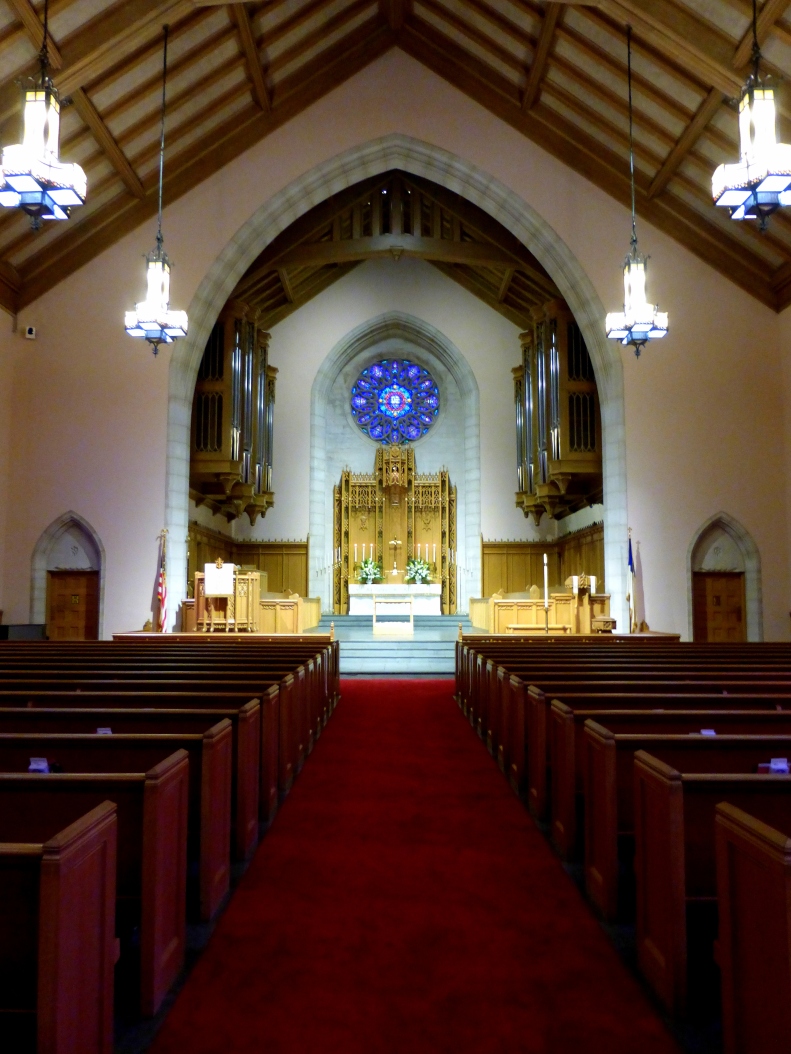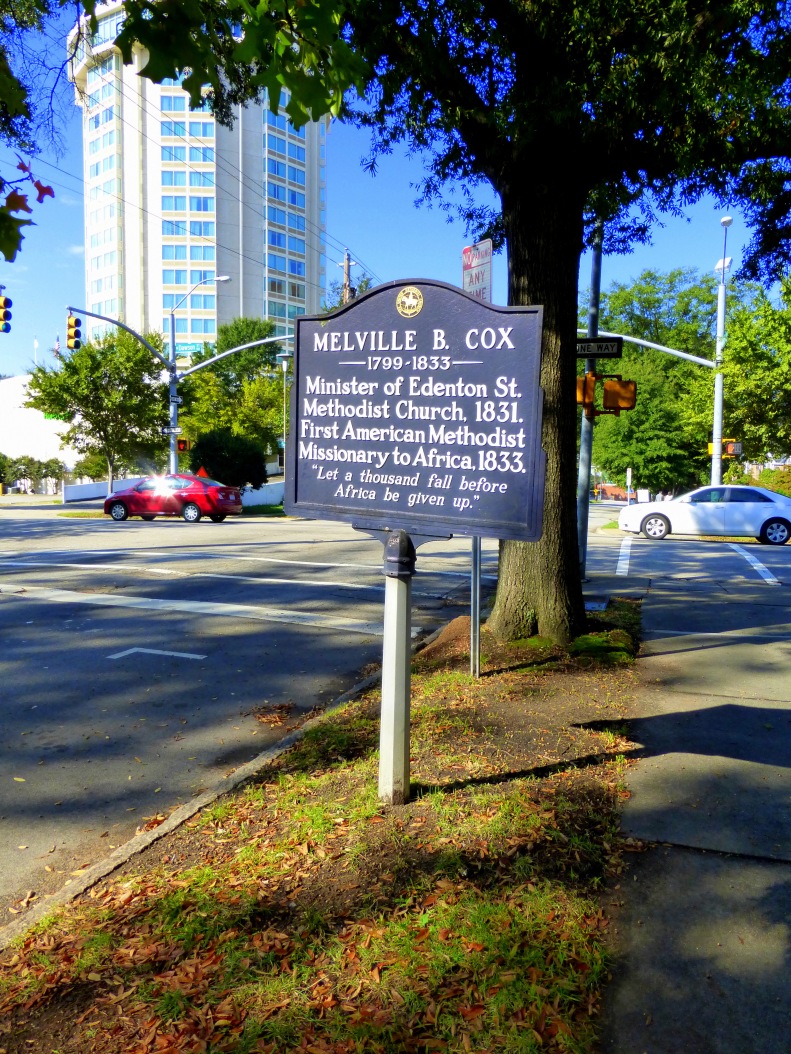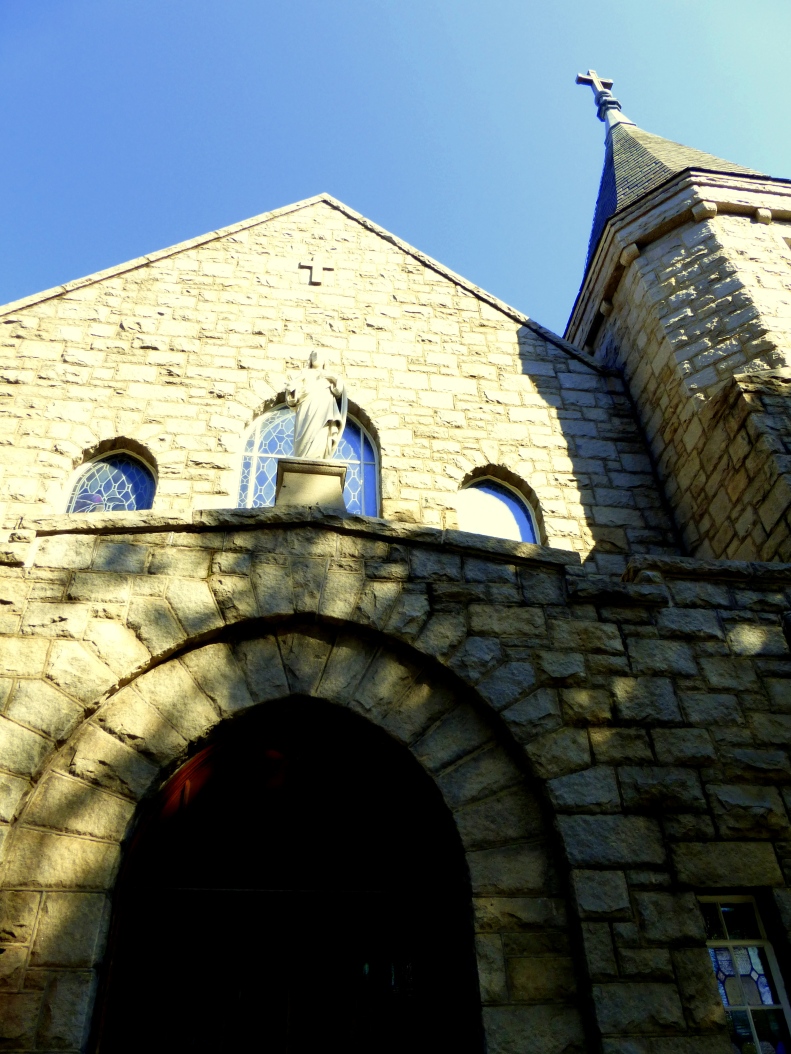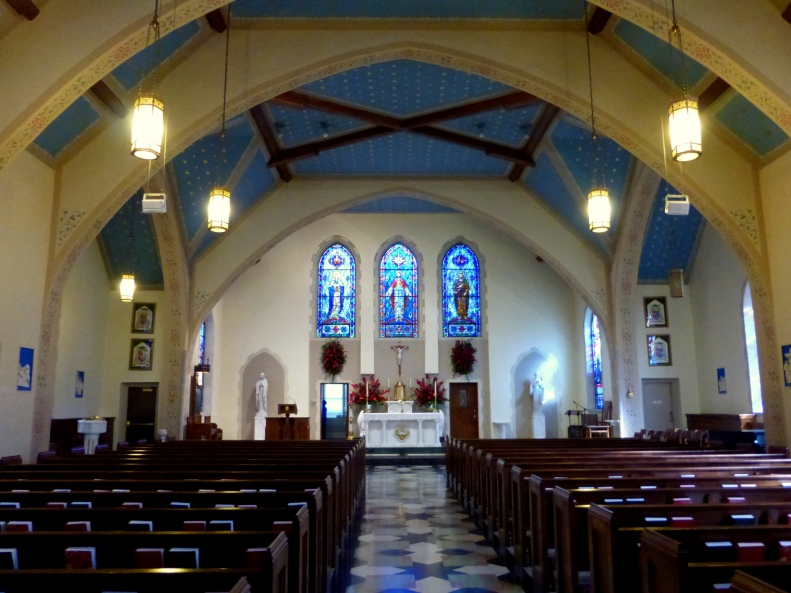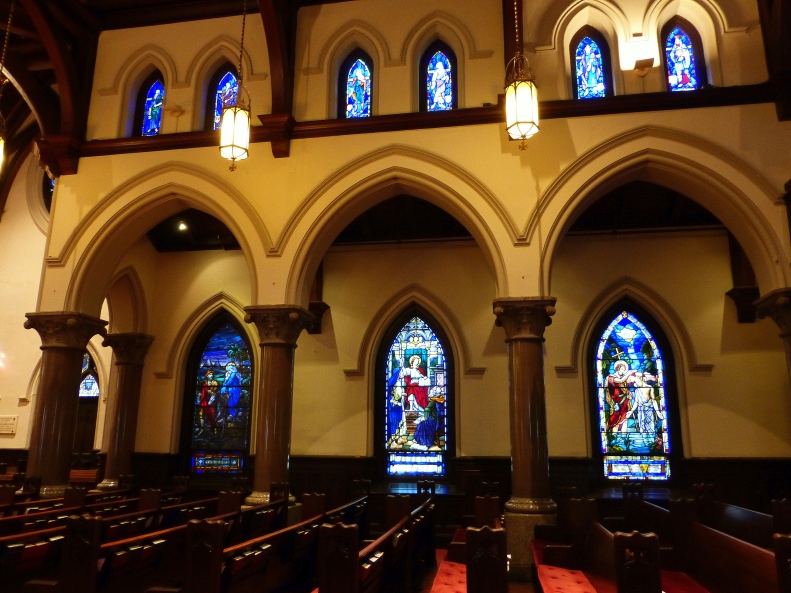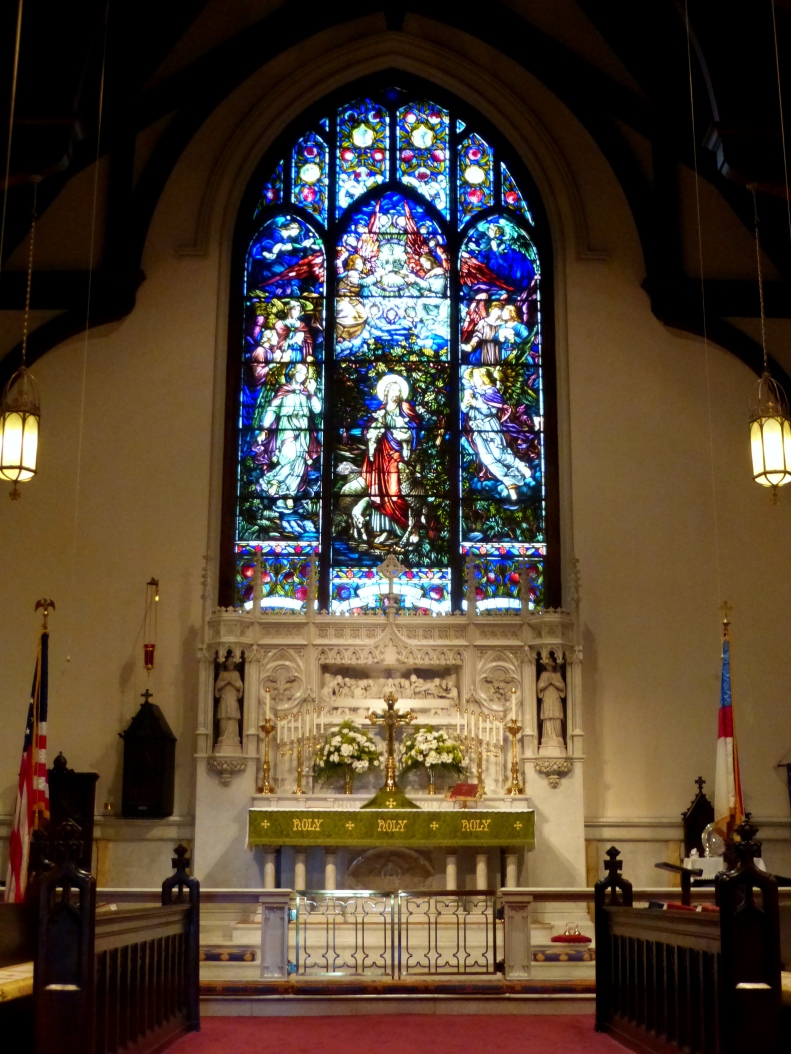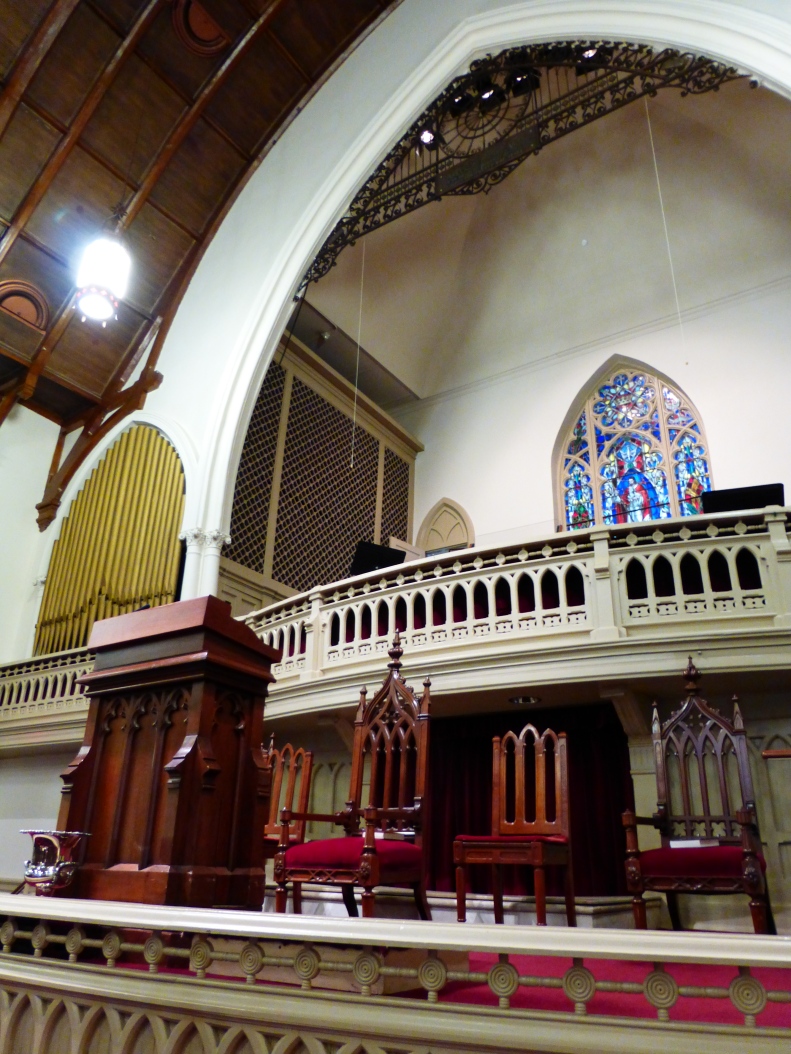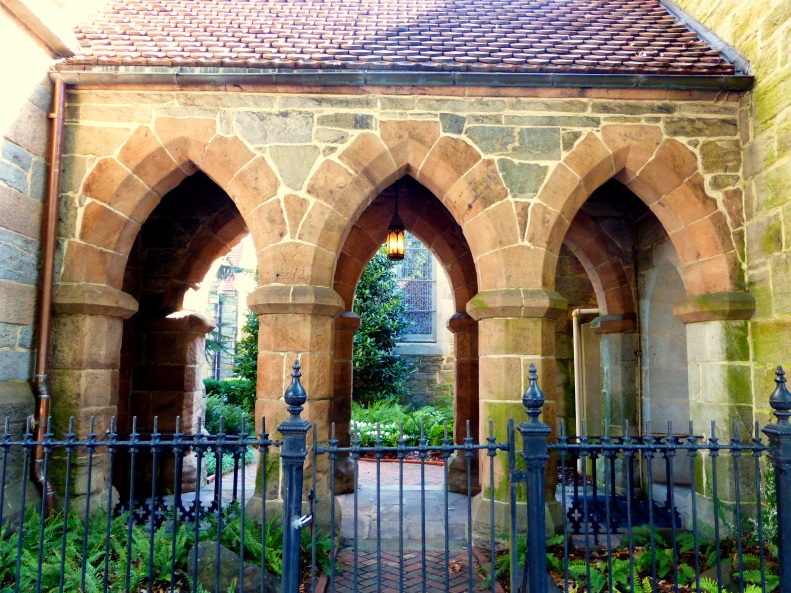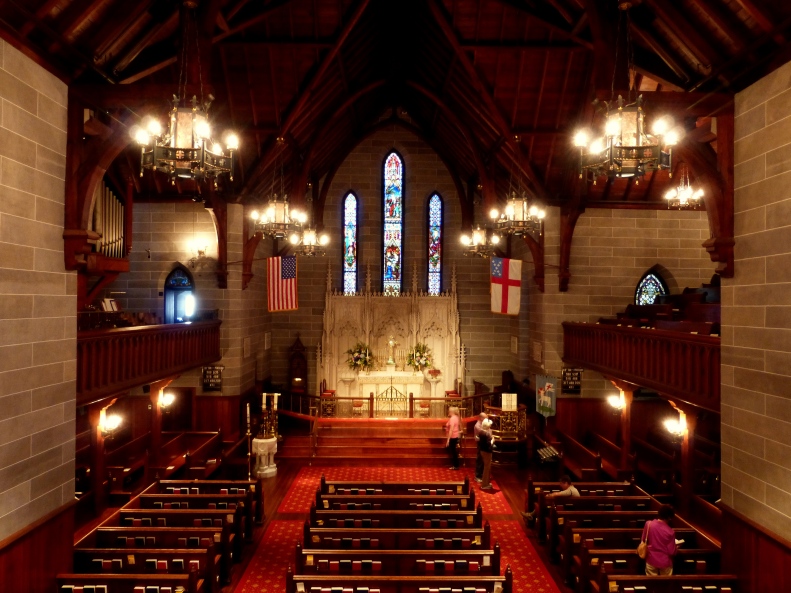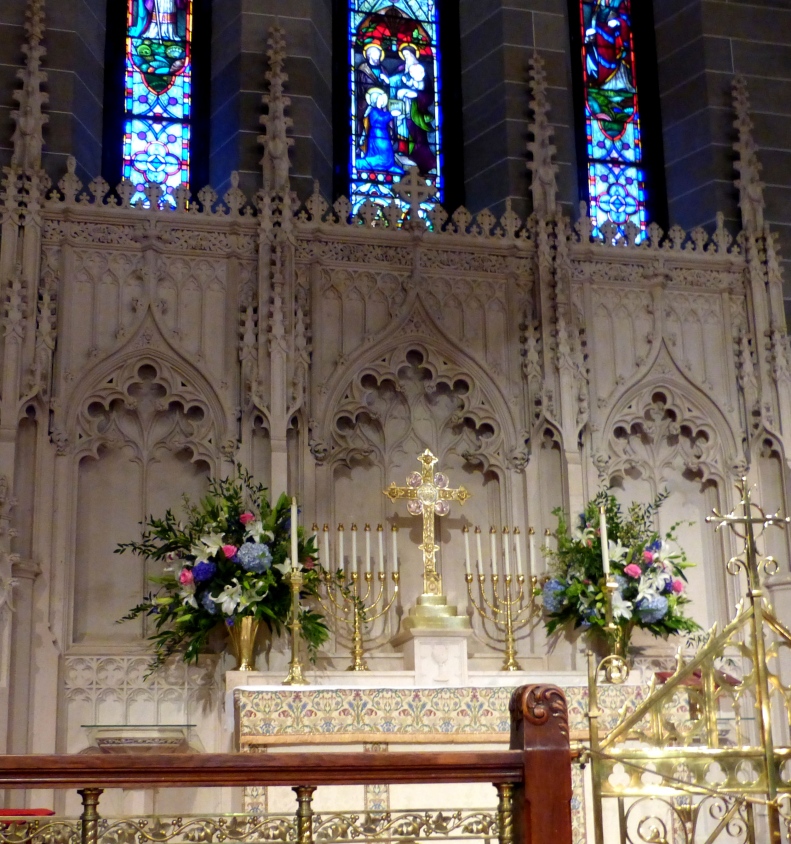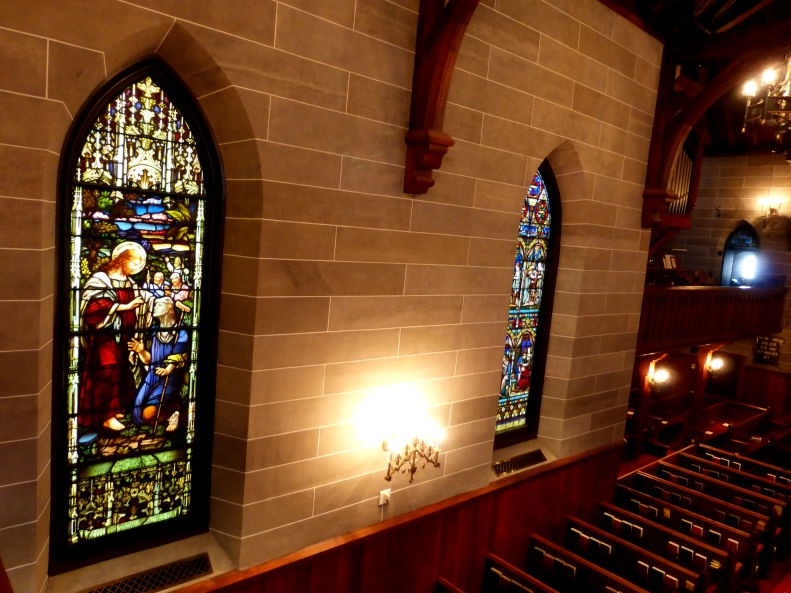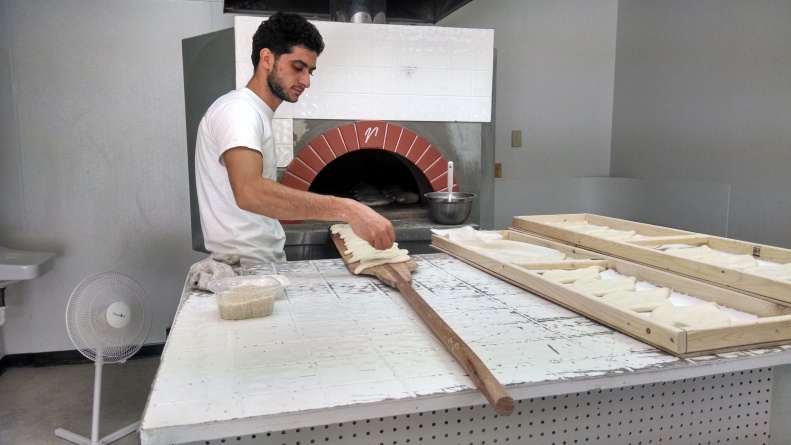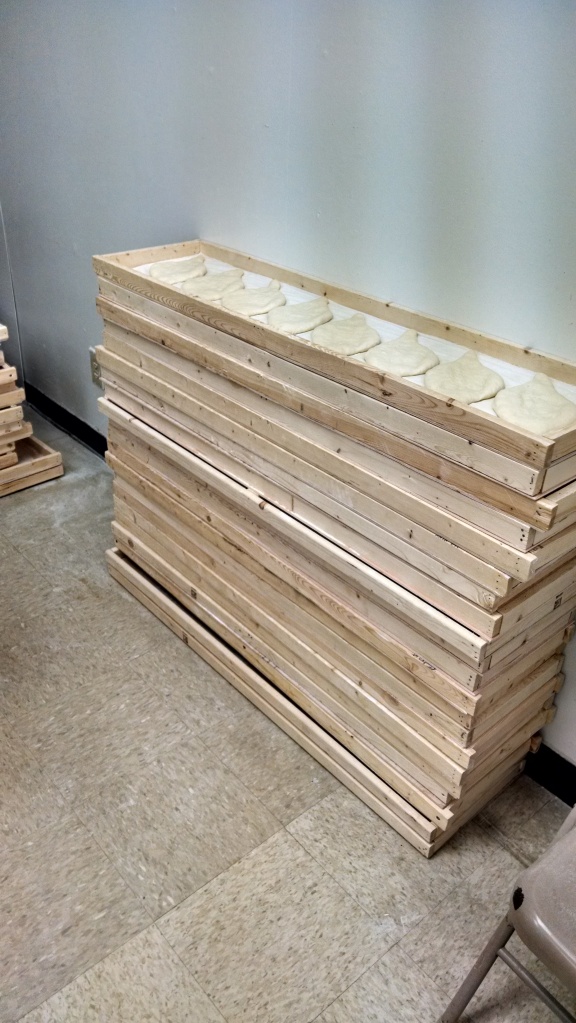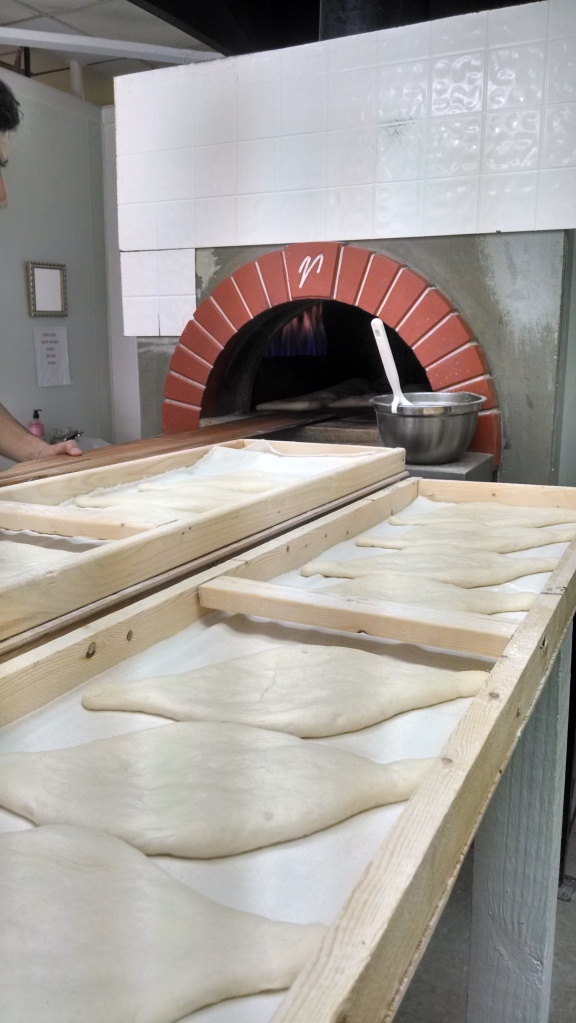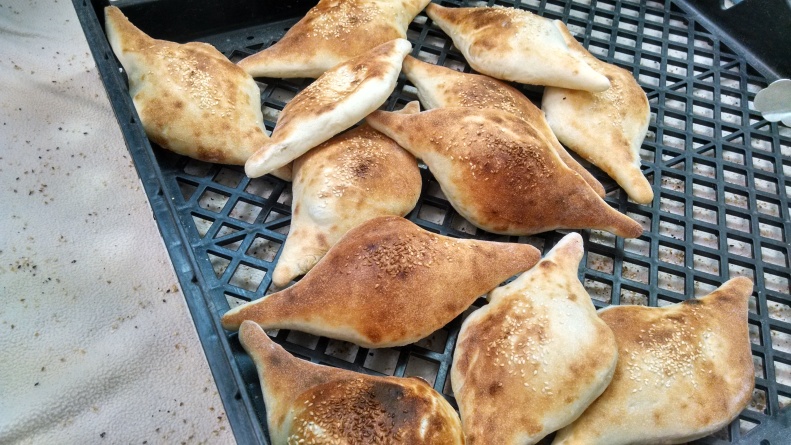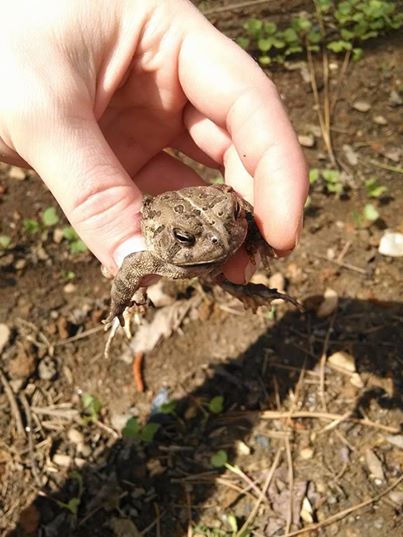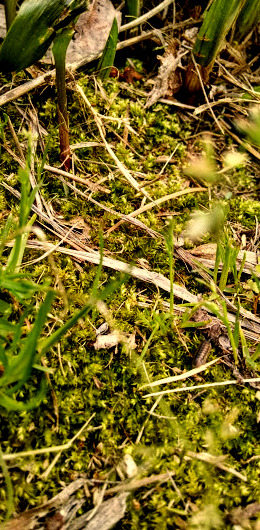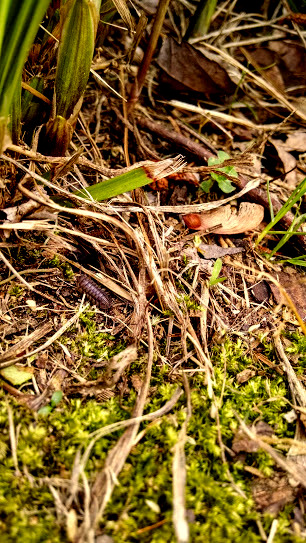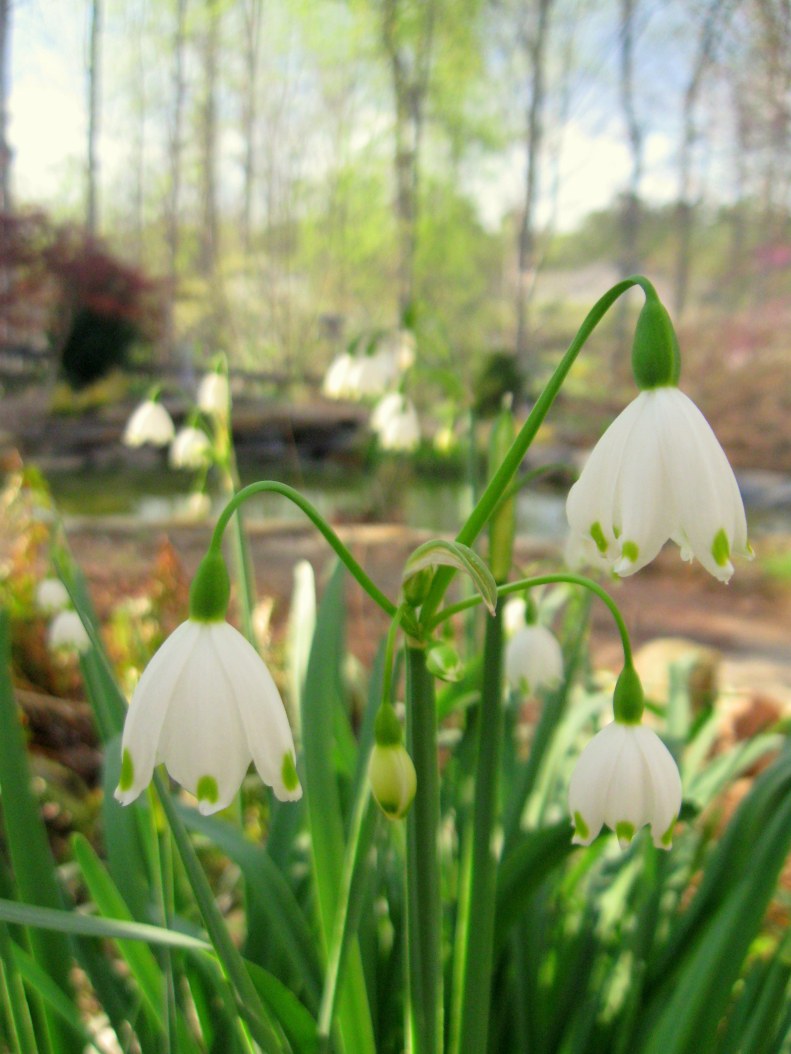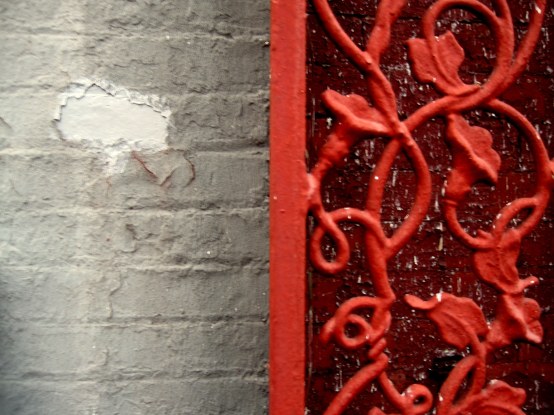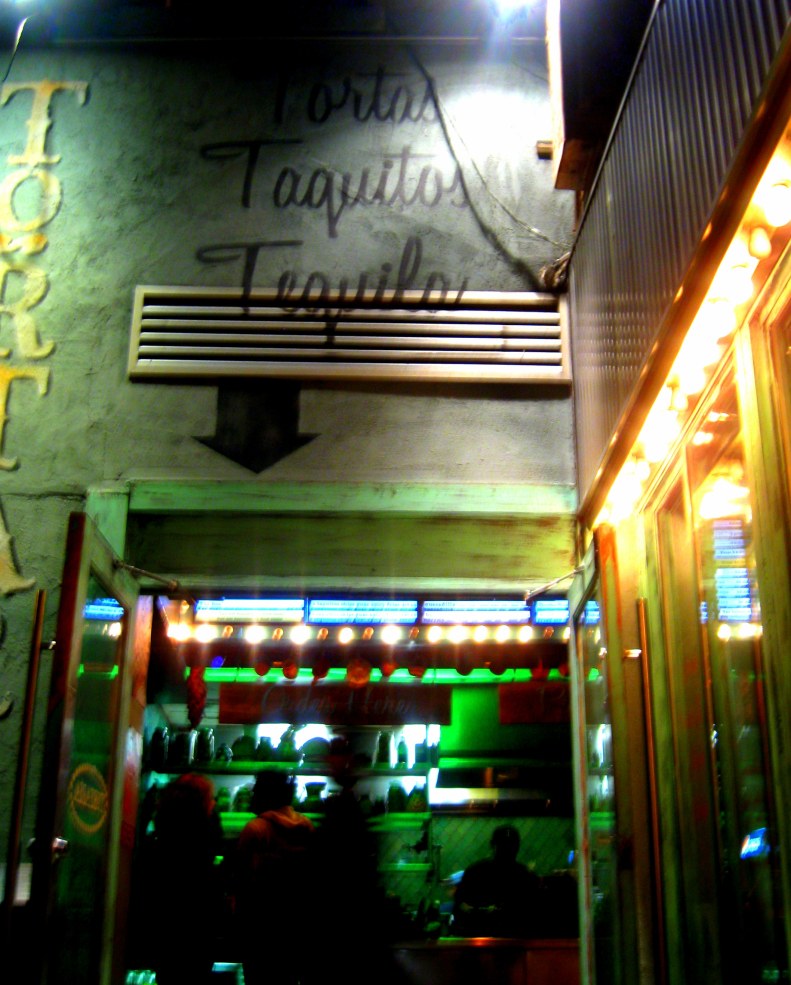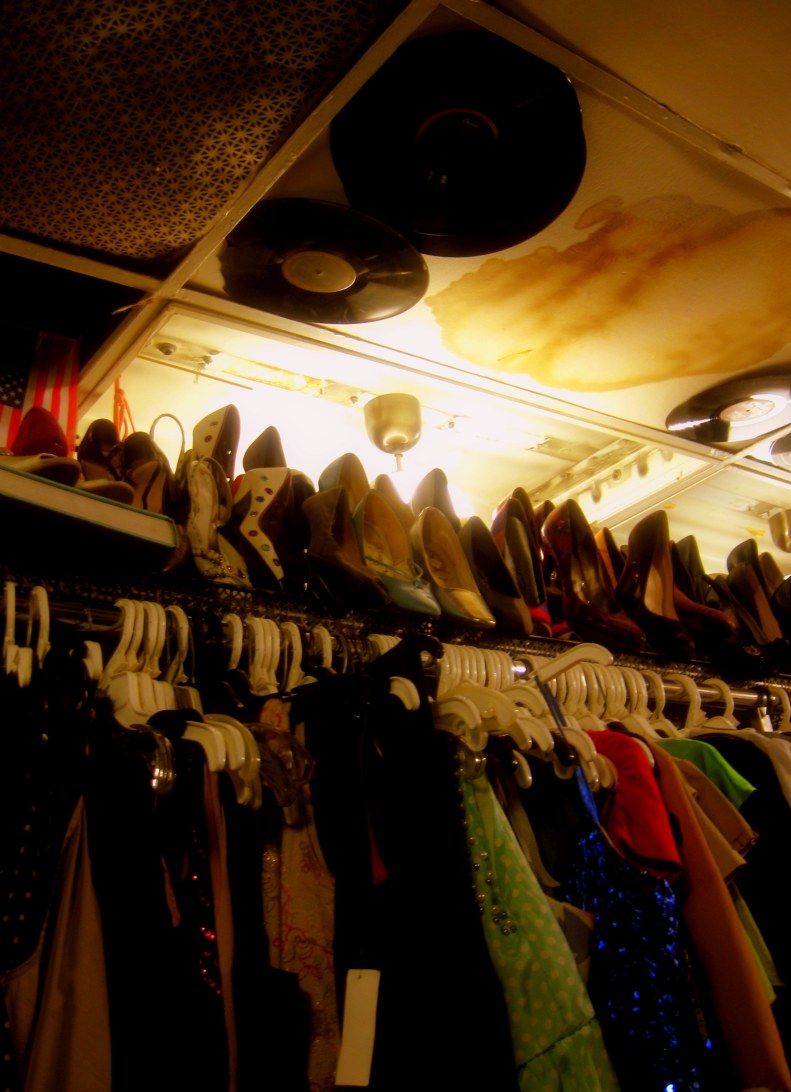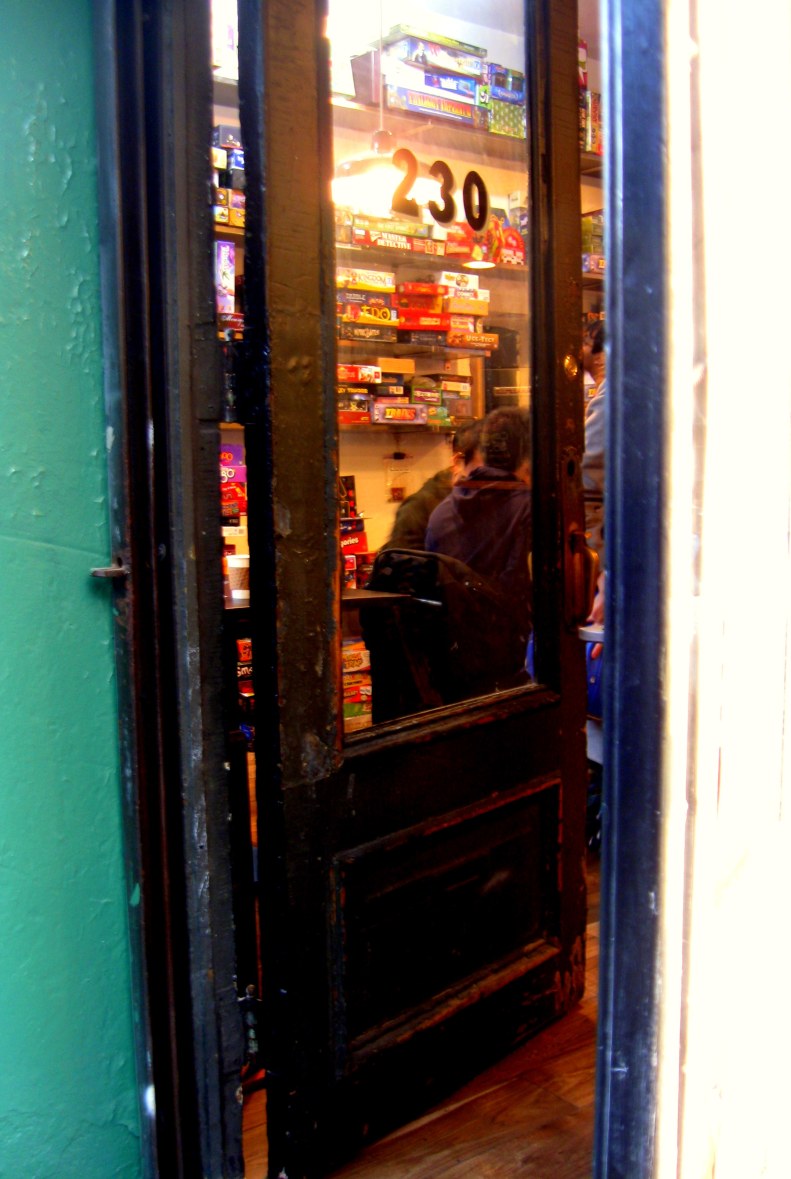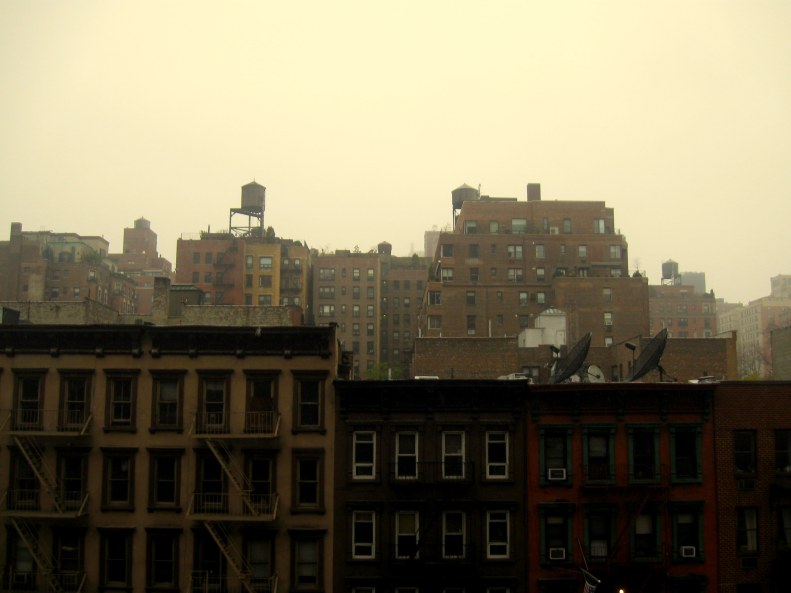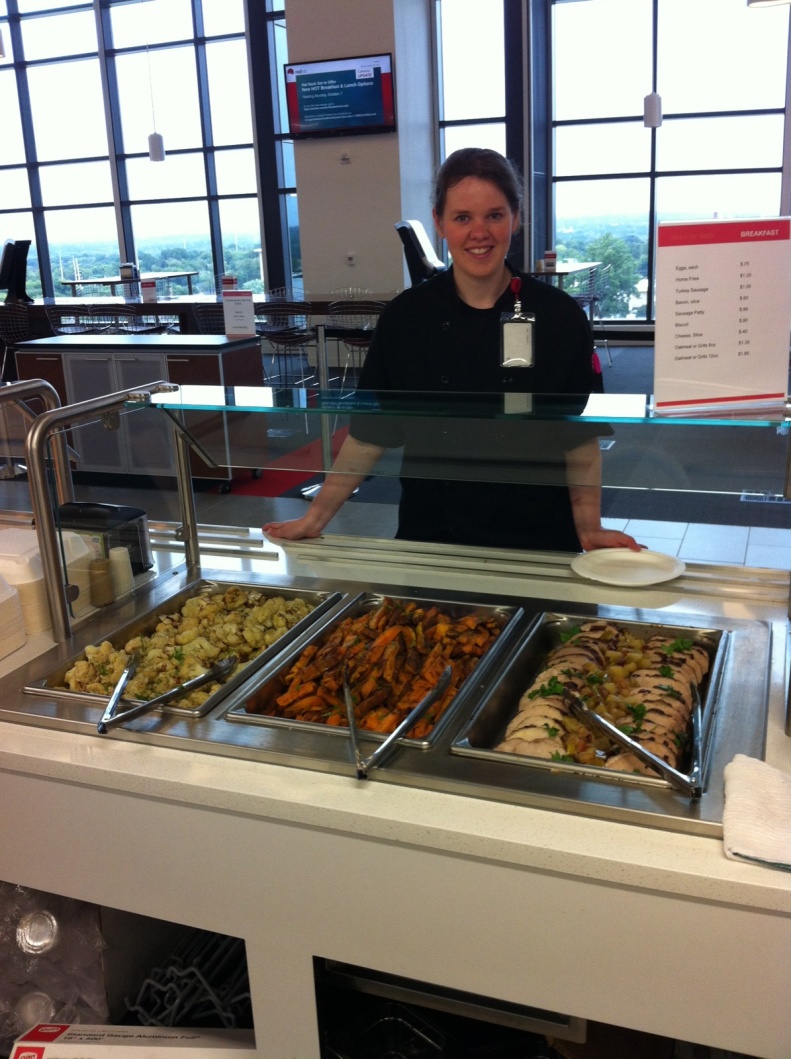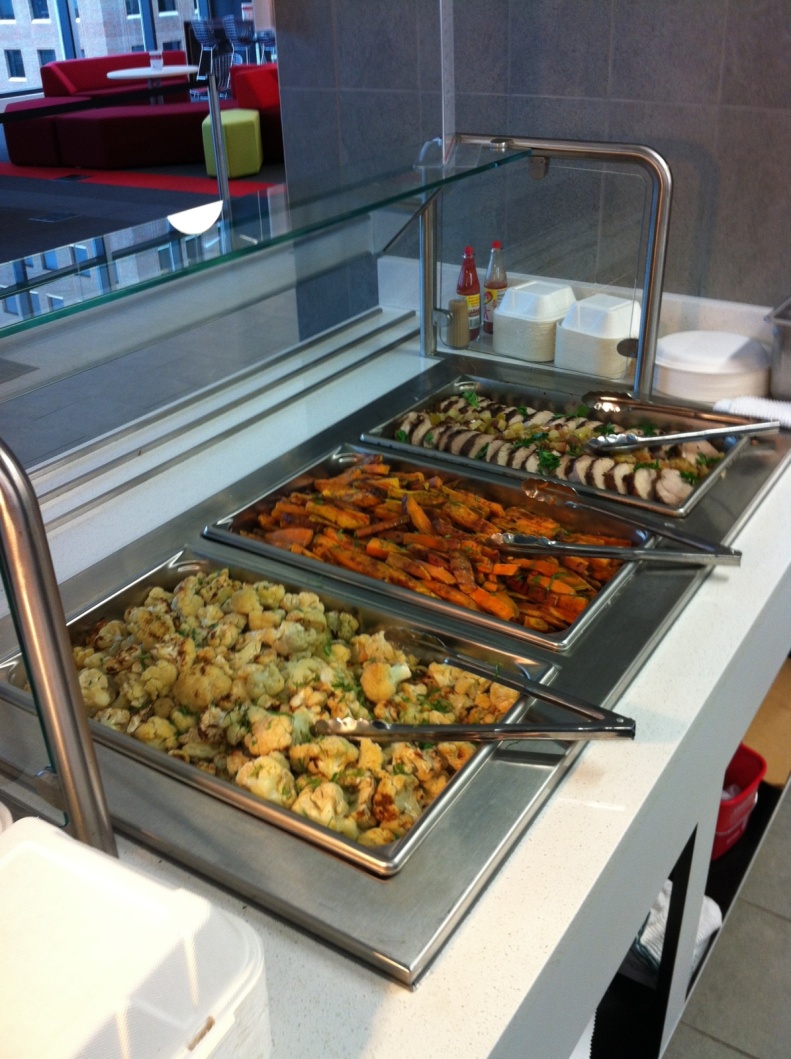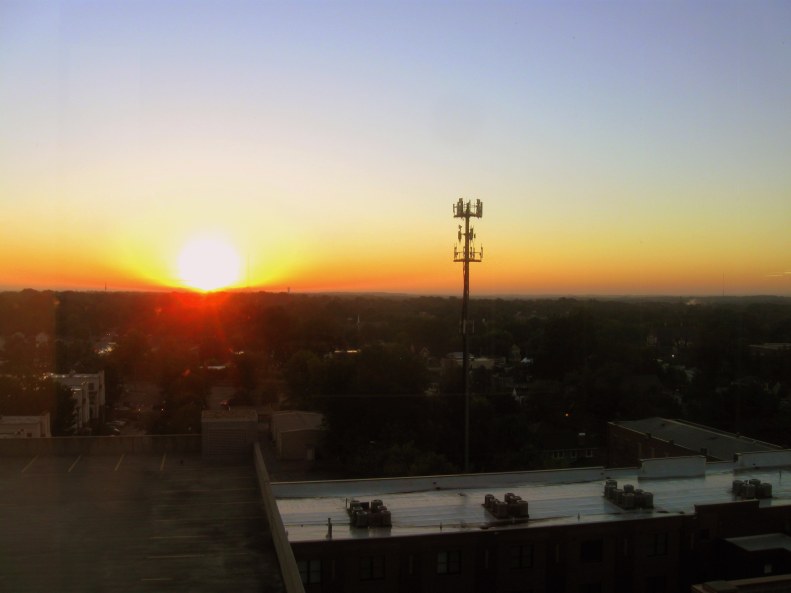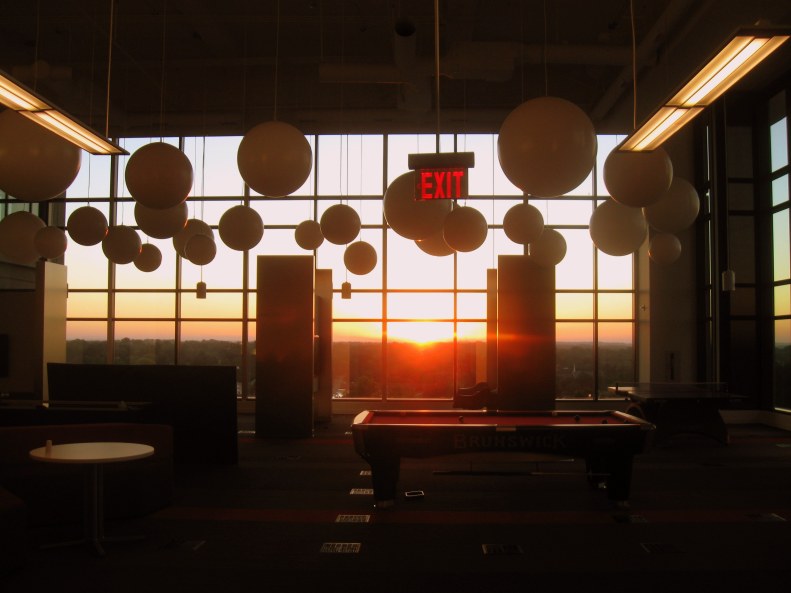November 9, 2014 may not be a big deal to you. It may not be a big deal to most people. Perhaps you went to church, perhaps you’re waiting for the game to come on television. Perhaps you didn’t do much anything. Afterall, It’s just another Sunday, in that anxious-yet-anticipating time where there’s not much going on quite yet, but everyone is beginning to give in to the hustle and bustle of the holiday season.
I don’t know If November 9 should be celebrated, but it certainly deserves a remark. You see, this year, on November 9, 2014, we have reached the 25th anniversary of the fall of the Berlin Wall. As a student of History (and particularly, Eastern European History), the divide between east and west fascinates me. I wasn’t old enough to understand what was happening at the time, but it is fascinating to look back and realize how different the world was when I born to the world it has become. I spent enough time in Poland to gather some depth to my perspective on the subject, but at the end of the day, I was and still am an outsider. I’ve heard stories about empty shelves at supermarkets and the unavailability of things I might take for granted, and maybe I’ve seen a glimpse of it myself in barren Kievian downtown shopping malls–devoid of everything except astronomically expensive crystal statues and posters of American rappers. I’ve seen the remains of broken buildings and concentration camps, and walked the uneasy streets of Krakow’s “model Soviet neighborhoods”, whose unconvincingly cheerful playgrounds and tree-lined sidewalks masked the cold facades and glaring ideology as makeup might cover a scar.
But perhaps more notably than that are the things I haven’t seen. The Lenin statues and the streets named after Marx. The old Communist party buildings and border checkpoints. The hammers and sickles and the gray soot from soviet factories. Instead, the squares are clean and sparkling, the statues replaced with new ones for a new generation, squares are dedicated to Democratic leaders like Roosevelt and Reagan and street names are reverted to their pre-WW2 names, as if an entire period of history never even happened.
But maybe I’m not the best one to speak of these things. I was, as I said, an outsider, an onlooker. A person who could not have experienced the reality of communism, but comes to gawk and gather momentos from what is left of it. There is nothing respectful about pretending to understand the very real hardships and desperation and banality of life under a Soviet regime. In our casual recollections, we remember the “fall of communism” as if it was there one day and then it tripped over a crack in the sidewalk, hit the ground and was gone, and all the people rejoiced and finally the Eastern Europeans were able to buy orange juice like everyone else. But this is not fair, and it ignores the complexity of human emotion, the consequences, victories, and challenges of remodeling countries. And so, for this perspective, I don’t usually do this, but I’d like to take the time to share with you a voice worth hearing–Slavenka Drakulic, from her book, “How We Survived Communism and Even Laughed.”I think it’ll provoke some interesting thoughts.
(In the pages preceding this snippet, we are introduced to a lady named Ulrike, who risked her life to escape her East German existence. As a result, her family was forced to disown her, she lost her health, and was jailed before finally being “bought out of prison” by West Germans. Ulrike then goes on to create a museum to the wall and the people behind it. Drakulic picks up the story by recollecting her own experience visiting Berlin and the musuem immediately after the wall’s destruction–the changing landscape, the erasing of soviet statues, the renaming of streets, and the grotesque repackaging of a dead regime into what essentially amounts to cheap souvenirs.)
“Again this November, I am thinking of Ulrike. What would she feel right now, in front of these white crosses, the absent Wall, the Reichstag Building with the German flag fluttering happily on the wind? Would she feel robbed of something–of her past, perhaps? Two years in prison, her illness, her hair falling out, her fear, persistence, determination–all for nothing, all in vain? So much suffering left to the vagaries of memory, reduced to a bus tour to the East–while it still exists–to the indifferent voice of a young guide. It is not that I mind the demolition of the Wall–I am delighted about that–but the way it was done, the obvious haste with which this tumor was removed not only from the face of the city, but from the memory of the people, too, acting as if it is really possible to unite instantly, to become one Berlin, one nation, as if the past, the division of that nation, doesn’t count at all anymore and should be instantly forgotten. As we were passing by an ugly, military-looking builiding, the guide said, ‘this used to be the Aircraft Ministry, and a vary famous person, Mr Hermann Goering, used to work here.’ This is it, I thought, the erasing of memory begins right here, right on this spot neat the Potsdamer Platz, right when Goering is reduced to a very famous person, and the Wall to tiny bits of painted concrete selling for 5 Deutschmarks, when the whole history of this nation is reduced to souvenirs and fame. What I feared is already there: incoherent bits and pieces of the past that don’t make sense anymore. That, in fact, are not important, But the sooner we forget it, the more we’ll have to fear.
….But Ulrike’s Museum is still there, perhaps the only decent authentic place that keeps alive the memory of the horror. And thank goodness, because this is something we badly need to remember, not to forget, if we are to preserve the past, however horrible it was…
…Here, at the old border between two worlds, is the only place in the world where the inventions of captive minds can be real, can have real meaning. The mini–submarine with the 28-inch hollow plastic body, a small motor, and a propeller (the note says that the young man who defected made a fortune by producing them later on); the first home-built escape aircraft, with a Trabant car motor; the hot-air balloon; the chair-lift and rope with which a whole family escaped one dark night in 1965 from the roof of the Haus der Ministerien; the tiny little wooden pushcart with which sand was lifted from a 500-foot-long tunnel….It is in the face of this genuine desire for freedom, and the fragility of the means to reach it, that I felt the Wall shouldn’t be wiped off the face of the earth. It should stay there–not whole, but big chunks of it, in all its absurdity, as a vivid, solid monument of the past–a monument of division, suffering, terror, injustice—in the name of people who were killed and of the generation that lived in its shadow for almost thirty years. The ‘very famous person, Mr Goering’ and this museum are two poles of German history, with people’s lives stretched in between.”
republished with permission.

